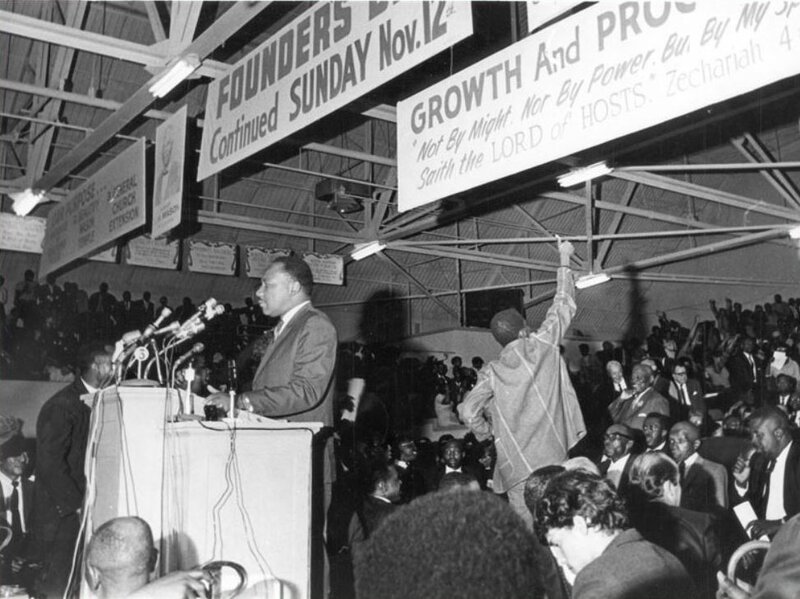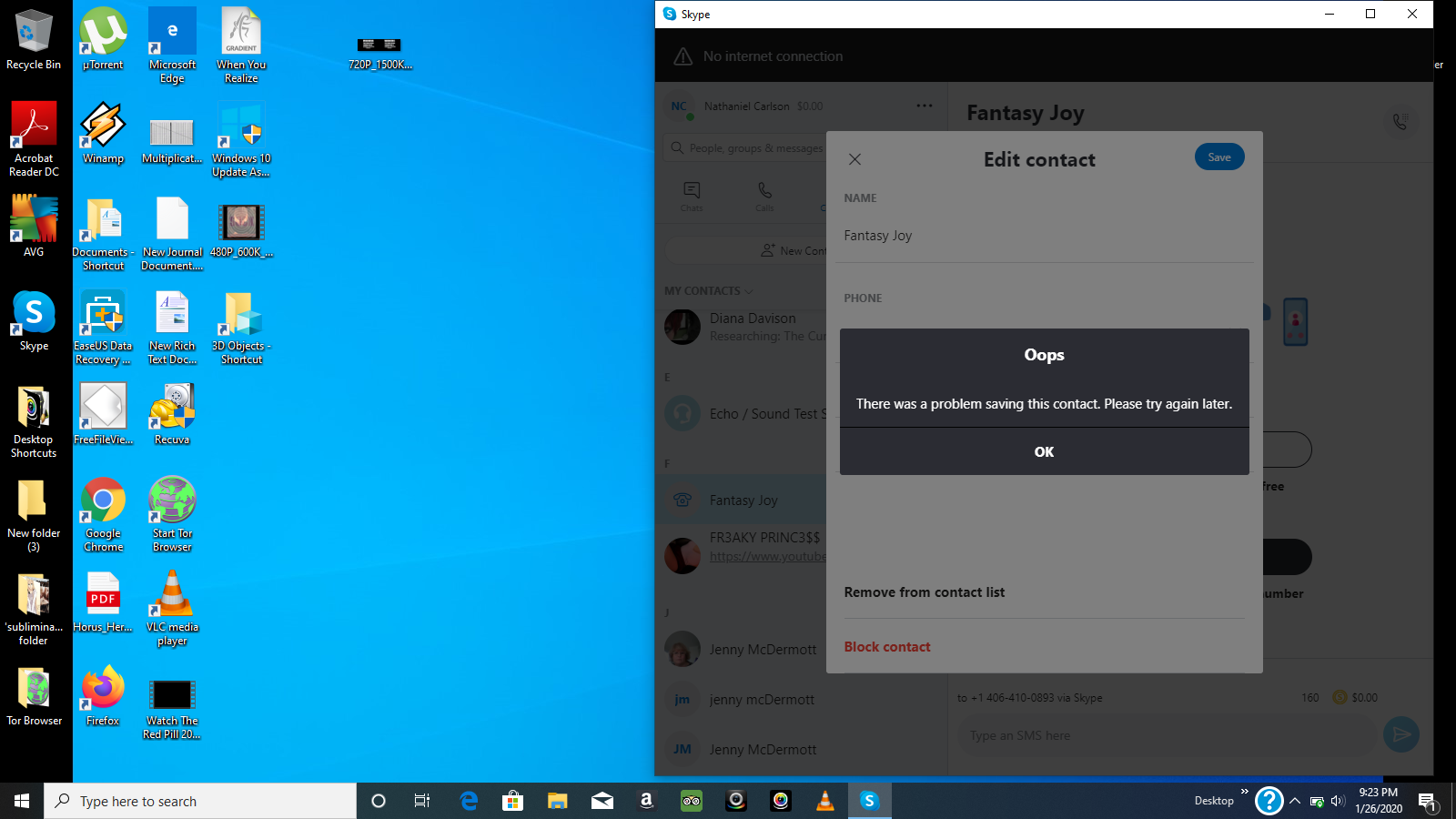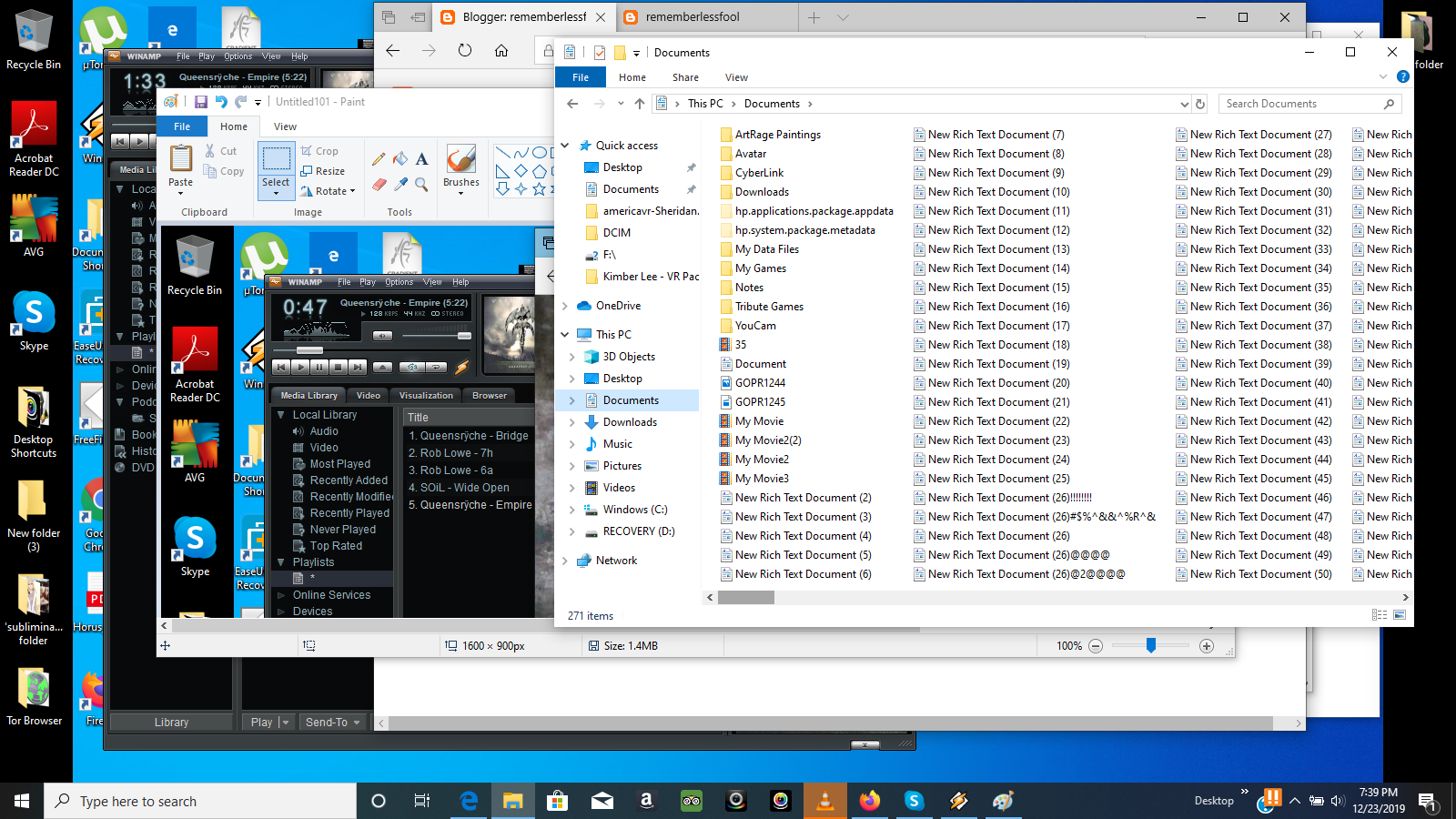
- King Jim Others Driver Download For Windows 10
- King Jim Others Driver Download For Windows
- King Jim Others Driver Download For Windows 7
For all Webcam Drivers for Windows 10, Windows 8, Windows 7, Vista and XP, use the download link below to Download a Driver Update Tool. Some common errors with windows and webcams are webcam not working with Skype, webcam freezing with Windows 10 or ‘webcam cannot be found error’. Intex it-105wc webcam driver download for windows 7 - How-To - Hardware Toshiba webcam driver - Forum - Webcam Intex it-305wc webcam driver download for windows 10 64 bit - Forum - Drivers. Windows 10 IoT Core Apps that run on Rasberry Pi, MinnowBoard Turbot, Up Squared, NXP i.MX and other IoT Core Devices Universal Windows Platform (UWP) applications that run on all Windows 10 platforms. Applications that run on Linux with.NET Core runtime package installed.
-->This article describes how to find a compatible printer driver for your computer that's running a 64-bit version of Microsoft Windows.
Original product version: Windows 10 - all editions, Windows Server 2012 R2
Original KB number: 895612
The information in this article may be useful if you can't obtain a WHQL signed printer driver from the printer manufacturer or from the Microsoft Windows Update Web site. This article also provides a method that you can use if you need a printer driver for a printer that's not supported on your computer that's running a 64-bit version of Windows.
Note
To print from a computer that's running a 64-bit version of Windows, you must have a 64-bit printer driver. You can't use a 32-bit printer driver on a computer that's running a 64-bit version of Windows.
How to locate a compatible printer driver for your computer running a 64-bit version of Windows
We recommend that you first visit the Windows Vista Compatibility Center to find links to the latest 64-bit printer drivers. Its database contains thousands of the most popular printers and you can easily search by product name, number, or brand.
If you can't find the printer drivers, follow these methods in the following order.
Method 1: Search for a supported driver that's included in the Windows 64-bit operating system
Search for a supported driver that's included in the Windows 64-bit operating system. To do this, follow these steps:
- On the computer that's running a 64-bit version of Windows, click Start, point to Settings, and then click Printers and Faxes.
- Double-click Add Printer.
- Click Next, and then follow the instructions on the screen.
Method 2: Search for a WHQL signed driver on the Microsoft Windows Update Web site
Search for a Windows Hardware Quality Labs (WHQL) signed driver on the Microsoft Windows Update Web site. To do this, click Start > Windows Update, and then follow the instructions on the Windows Update Web site.
Method 3: Search for a WHQL signed driver on the printer manufacturer's Web site
For information about how to search for a WHQL signed driver on the printer manufacturer's Web site, contact your printer manufacturer.
Method 4: Search for a non-WHQL signed driver
Important
We don't recommend printer drivers that are not WHQL signed because Microsoft has no compatibility test results about the quality of these printer drivers.
Drivers that aren't WHQL signed are also known as unsigned drivers. Drivers that are WHQL signed are also known as signed drivers. Search any one of the following locations for a non-WHQL signed driver for your printer:
- The printer manufacturer's Web site
- Beta drivers on the printer manufacturer's Web site
- Computer hardware Web sites
How to choose a compatible printer driver if you can't locate a printer driver for your printer
The printer emulation type and the physical features of the printer are important printer property values. The physical features of the printer are things such as duplex mode and the number of paper trays. Printer emulation is the most important of these two printer property values.
Printer emulation
Printer emulation describes the type of encoding that Windows uses to transmit the page data to the printer. Printer emulations are sometimes referred to as printing languages. A computer that's running a 64-bit version of Windows must transmit the page data in a language or emulation that the printer understands. If the computer that's running a 64-bit version of Windows doesn't use the correct emulation, print jobs aren't decipherable.
There are a small number of printer languages or emulations that are common. The following is a list of the most common printer languages or emulations:
- PostScript Variants: PostScript Level 1, PostScript Level 2, PostScript Level 3.
- PCL - PCL = Page Control Language. PCL 5 - Variants include PCL5c, where c= color, PCL5e, where e=enhanced, and PCL 6 also called PCL XL, and PCL 4, which is only used in some low end laser printer devices.
- KPDL - used by Kyocera laser printer, similar to PostScript 2.
- RPDL - used by Ricoh printers.
- HP/GL and HP/GL2 - used by some plotters.
- CaPSL - older language, used in some older Canon Laser devices.
- Canon Extended Mode - used in older Canon Bubble Jet printers.
- Epson EscP/2 - used in some serial printers and older inkjet printers from Epson.
- Epson Esc/Page - used in many Epson laser printers.
- Epson Script - used in some Epson laser printers.
- Dot-Matrix printers - frequently use Epson24, Epson9, IBMProprint, Oki9, or Oki24.
Note
There are many additional languages that are common on printers in the East Asian marketplace. This is because some East Asian regions require more complex fonts.
Modern inkjet printers may not use a common set of printer languages. This is because precise ink control is typically a compatibility issue.
To determine what emulation your printer supports, use either of the following methods:
- If your printer can print an information page, print this information page. For example, some printers have a menu with a Print Configuration command that you can use to obtain printer information.
- View the printer specifications on the printer manufacturer Web site or in the printer manual.
Note


Some printers support more than one type of printer emulation.
There may be differences in the way some printer manufacturers interpret different printer emulations. So you might be able to prevent some compatibility problems if you use a printer driver from the same printer manufacturer that supports your printer emulation. For example, if your printer supports PostScript level 3 as its default printer emulation, look up the list of printer drivers that are supplied with the 64-bit version of Windows. You can do this to find another printer from the same printer manufacturer that uses the same printer emulation. To do this, follow these steps.
Note
When you use the following method, the print job is printed locally and the print job is then redirected to the network path. If you use this procedure, you do not receive printer updates from the print server when you update the printer driver on the print server.
Check to see if the correct printer drivers for your printer are located on the computer that's running a 64-bit version of Windows. You can also visit the Windows Update Web site or the printer manufacturer's Web site. If you can't find the correct driver, continue to the next step.
Log on to the computer that's running a 64-bit version of Windows by using an account that has administrative permissions.
On the physical printer, use the device menus to print a configuration page. The printed configuration page typically lists the supported printer emulations. For example, the configuration page might list PostScript, PCLXL, or PCL as supported printer emulations.
On the computer that's running a 64-bit version of Windows, click Start, point to Settings, and then click Printers and Faxes.
Double-click Add Printer.
Click Next.
Click Local printer, click to clear the Automatically detect and install check box, and then click Next.
Click Create a new port, and then click Local Port next to Type of Port.
In the Port Name dialog box, type the path of the printer by using the following syntax:
print server nameprinter name
Click Next.
In the Install Printer Software page, click the correct manufacturer under the Manufacturer column, click the name of a printer that supports the same printer emulation as your printer, click Next, and then click Finish. For example, if you have an HP LaserJet printer that supports Post Script (PS) emulation, try to locate another HP LaserJet printer model that has a similar model number and that supports PS emulation.
In Printers and Faxes, right-click the printer that you added, and then click Properties.
Click the General tab, and then click Print Test Page.
If the test page prints correctly, you have found a matching printer driver. If the test page is unreadable, you must find another printer driver or try another emulation type.
Tips for locating a compatible printer driver

You may be able to use the name of your printer to obtain more information that you can use to find a compatible printer driver. For example, the Canon LBP-2460 PS printer driver is for Canon Laser Beam printers, and the 2460 series prints 24 pages per minute by using PS emulation. If the printer contains PS2 in the name, this typically refers to PostScript level 2. PS3 in the device name typically refers to PostScript level 3. For some printers, a printer driver has v.the PostScript emulator version that the printer uses in the title. For example, the Canon LBP-8III Plus PS-1 v51.4 uses version 51.4 of the PS1 language. For laser printers in the US and Europe, almost 80% of network laser printers use either PostScript or PCL as their main language. Of this 80%, PCL5 is the most common PCL type that's used and PostScript level 2 is the most common PS type.
Some personal laser printers are less standard. Typically, PostScript level 3 is a superset of PostScript level 2. So if you have a printer that understands PostScript level 3, and a driver that uses PostScript level 2, the printed test may be decipherable. Similarly, PCL6/XL is based on PCL5e, and PCL5e is based on PCL5.
How to match the physical features of an unsupported printer
If you select a similar printer in the Add Printer Wizard on a computer that's running a 64-bit version of Windows, you must consider the physical features of the printer. For example, if you require duplex printing on your documents, the compatible driver that you choose must also support duplex printing.
Other issues to consider are the availability of paper input and output trays and the default orientation of the paper input. For example, printer drivers offer different methods to select duplex printing. By making sure that you choose a printer driver from the same manufacturer as your printer, you increase your chance that duplex is implemented in the same way across the whole range of devices. Additionally, if you pick a printer model that has a similar model series number, you increase the chance that the printer driver is compatible.
Issues that you may experience when you use a compatible printer driver
If you select a compatible printer, you may experience compatibility issues. For example, if you want to print to a monochrome laser printer, you must find a printer driver that uses the same printer emulation. The same printer emulation typically makes sure that the document prints legibly. However, you may not have the required duplex feature available.
If you print to a color laser printer, and you install a compatible printer driver that uses the same printer emulation, you can typically print decipherable documents. However, subtle differences in text color may not be preserved. This means that documents such as photographs may not print with a high image quality.
If you print to a dot-matrix printer device, and you install a compatible printer driver that uses the same printer emulation, you may experience one or more of the following symptoms:
- Some fonts in your print job may appear different from what you expect.
- The printer may print slower because the print driver has to draw the fonts as a bitmap before printing can start.It may be difficult to match an inkjet printer with a compatible printer driver. The rules that apply to other classes of printers don't always apply to inkjet printers. This is because of the many different types of inkjet printers on the market.
King Jim Others Driver Download For Windows 10
Note
Installing a WHQL signed printer driver that's designed to match your specific printer always produces better results.
Technical support for x64-based versions of Windows
Your hardware manufacturer provides technical support and assistance for x64-based versions of Windows. Your hardware manufacturer provides support because an x64-based version of Windows was included with your hardware. Your hardware manufacturer might have customized the installation of Windows with unique components. Unique components might include specific device drivers or might include optional settings to maximize the performance of the hardware. Microsoft will provide reasonable-effort assistance if you need technical help with your x64-based version of Windows. However, you might have to contact your manufacturer directly. Your manufacturer is best qualified to support the software that your manufacturer installed on the hardware.
King Jim Others Driver Download For Windows
MMO Gaming Mouse
Co-designed specifically for World of Warcraft by Blizzard Entertainment and SteelSeries, the World of Warcraft MMO Gaming Mouse is the only gaming peripheral on the market that can be configured directly from within World of Warcraft for both Mac and PC users.
The World of Warcraft MMO Gaming Mouse is fully scalable to meet the requirements of even the most demanding gamer.
King Jim Others Driver Download For Windows 7
Fully Scalable

- Incredible customization with 15 programmable buttons with more than 130 preset game commands
- Superior performance, comfort and control for in-game dominance
- Create your own custom macros or use the in-game macro scripting language
- Achieve an amazing experience for regardless of your levels and play style
- Develop up to 10 profiles, each with a unique illumination scheme
- Choose from 16 million colors with 4 levels of intensity and pulsation
In-Game Set-Up Allows You to
- Bind all 15 buttons directly from the World of Warcraft interface without ever leaving the game
Achieve faster response time by customizing mouse setup in-game and thereby removing a layer of software - Access World of Warcraft branded GUI
- Assign World of Warcraft commands
- Adjust DPI and standard mouse settings
- Adjust illumination color, effects, and intensity
- Independently adjust x and y-axis sensitivity
- Switch profiles in real-time
- Import and export profiles
Technical Specifications
- Max. resolution: 3200 DPI
- Max. acceleration: 20 g
- Max. speed: 65 inches/second
- Max. USB report rate: 1000 hz / 1ms
- USB data format: 16-bit
- USB interface: Full speed
- Sleep mode: Disabled (Always On)
- Windows Vista, Windows XP, or Windows 2000
- 100 MB Free Hard Drive Space
- 128 MB RAM
- Available USB port
- August 19, 2014
- Mac OS X
- 9.5 MB
- August 23, 2011
- Windows XP/Vista/7
- 28.1 MB
- October 3, 2011
- Windows XP/Vista/7
- 27.7 MB
- August 19, 2011
- Mac OS X
- 10.4 MB